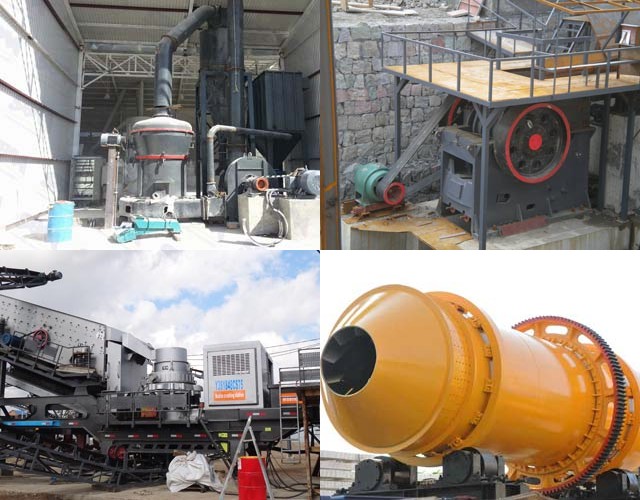
The costs of a stone quarry in Uganda can vary greatly depending on the size and location of the quarry. From high upfront investment costs to expensive machinery and labor, these expenses can add up. Additionally, environmental regulations and community engagements can also impact the overall costs of operating a stone quarry in Uganda.
However, the true costs associated with quarrying in Uganda are often hidden and overlooked. In this article, we will delve into the various expenses involved in the quarrying sector, uncovering the veil that conceals the real financial burdens.
When considering the expenses of Uganda’s quarrying industry, it is essential to dig deeper and analyze the various factors at play. Firstly, the cost of equipment and machinery cannot be ignored. Quarrying requires heavy machinery such as crushers and grinding mills to extract and process the raw materials efficiently. Additionally, transportation costs for both the materials and the equipment pose a significant expense. The remote locations of many quarries in Uganda can make logistics a challenging and costly endeavor.
Furthermore, labor costs are a substantial aspect of quarrying expenses. Skilled workers are needed to operate the machinery and ensure the safe and efficient extraction of materials. The wages and benefits provided to these workers contribute significantly to the overall costs. It is crucial for quarrying companies to invest in proper training and safety measures to avoid accidents and minimize expenses related to employee injuries.
The hidden costs of quarrying in Uganda go beyond the surface-level expenses. Environmental impact is a significant concern that often incurs substantial financial burdens. Quarrying operations can lead to deforestation, soil erosion, and pollution of water bodies, which require extensive restoration efforts. These expenses, although not immediately apparent, can be substantial and must be considered when assessing the true costs of quarrying in Uganda.
Regulatory compliance is another aspect that can add to the expenses of quarrying. Obtaining permits, licenses, and meeting environmental regulations can be time-consuming and costly for quarrying companies. Failure to comply with these regulations can result in fines and legal consequences, further increasing the financial burden. It is essential for the industry to embrace sustainable practices and invest in eco-friendly technologies to mitigate these costs.
Unearthing the hidden financial burdens of Uganda’s quarrying industry requires a comprehensive understanding of the various costs involved. In addition to equipment, labor, and environmental expenses, there are also maintenance costs for machinery and infrastructure. Regular maintenance is necessary to ensure the efficiency and longevity of the equipment, which can be a significant investment for quarrying companies.
Moreover, fluctuating market prices for quarrying materials can significantly impact the industry’s profitability. Economic factors, such as demand and supply, can lead to price volatility, making it challenging for quarrying companies to predict and manage their expenses effectively. Implementing strategies to diversify revenue streams and explore alternative markets can help mitigate the risks associated with market fluctuations.
Quarrying in Uganda comes with a multitude of expenses, many of which are hidden or underestimated. From equipment and labor costs to environmental restoration and regulatory compliance, the financial burdens can be substantial. However, with the expertise and solutions provided by Zenith, quarrying companies can optimize their operations and minimize costs. By investing in advanced equipment and embracing sustainable practices, the industry can pave the way for a more efficient and financially viable future.
